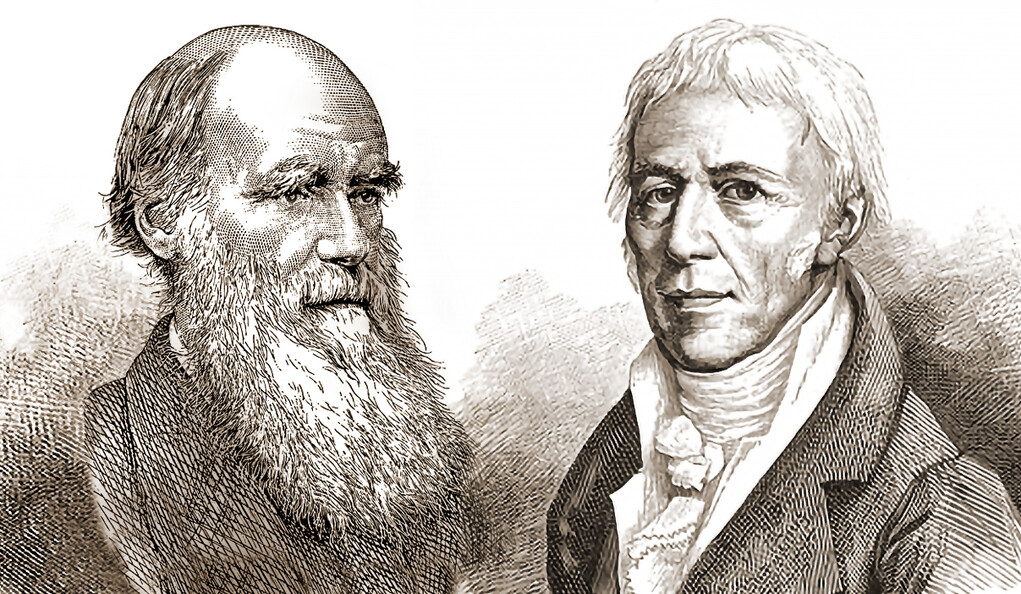
Yale News
A new Yale study on yeast shows how nongenetic factors are involved in real-time evolution.
In the study, published in the journal Cell Reports on Oct. 27, researchers at Yale’s Systems Biology Institute showed how epigenetic mechanisms — changes to an organism’s phenotype not caused by alterations in its DNA sequence — contribute to the evolution of the gene network in yeast that is responsible for regulating the use of the sugar galactose. The study found that an epigenetic change in gene activity was passed down through hundreds of generations of yeast, and it has broader implications regarding the role of epigenetics in evolution.
“Nature is smart,” said Murat Acar, the paper’s senior author and associate professor of molecular, cellular and developmental Biology and of physics. “It always finds a solution whenever it is challenged by something. You want to have a kind of winner from your population to surmount that challenging environment.”
Until recently, the explanation for evolution relied only on spontaneous genetic mutations stimulating advantageous adaptations in organisms, according to David Moreno Fortuno, a postdoctoral associate at the Systems Biology Institute and one of the paper’s co-authors. He explained that this theory is known as Neo-Darwinism because the nature of genes had not yet been discovered during Darwin’s time.
Darwinian evolutionary theory stands in contrast to Jean-Baptiste Lamarck’s once widely discredited idea that evolution consists of passing down small changes that are acquired during an organism’s lifetime, according to PBS. Lamarck announced his theory in early-19th century France, and the accuracy of that theory is still under debate today, especially amid the resurgence in the last two decades of studying epigenetic — or nongenetic — influences on evolution.
The researchers used fluorescent labeling within the yeast cells to track the expression of the genes encoding galactose, with brighter cells corresponding to greater expression of these genes. They observed this fluorescence level over a period of seven days and repeatedly selected the dimmest cells in the population. The researchers referred to this separation of dimmer cells from the general population as “selective pressure.” When compared with the original yeast population, they saw a downward shift over time in the amount of expression from those labels within the experimental population.
“That shift down was maintained, even if the selective pressure was lifted, for at least another 200 generations,” Fortuno said.
Because the yeast genome is so small — just 12 million base pairs compared to humans’ 3 billion — analyzing the entire genome of the organism for genetic mutations was much more feasible in yeast cells.
Some of the yeast cells that had changed expression of the galactose-encoding gene did not have any mutations in the specified gene network. The researchers were therefore able to rule out genetic contributions to their observations.
“At the end of the day, we saw that the Darwinian genetic evolution theories were not able to explain our results by themselves,” Acar said. “It was necessary to include Lamarckian evolutionary theory to explain the full spectrum of our results.”
Fortuno addressed potential implications of the study, saying that malignant cancer cells are similar to yeast cells in that both types of cells are in “constant evolution.” He added that understanding the role of epigenetic mechanisms in yeast cells’ genomes could open up research avenues into developing cancer treatments or determining the stage of cancer a patient has.
Fortuno also noted that some scientists believe culture to be an epigenetic mechanism. Although culture is nongenetic, it is possible that it could have a measurable impact on our epigenetic marks if these experts are correct.
The paper also states that genetic and epigenetic mechanisms “do not have to be mutually exclusive.”
“In response to a particular environmental condition, both kinds of mechanisms can play roles and complement each other,” the paper reads.
The paper also explains that because epigenetic mechanisms can cause faster adaptations to a changing environment, they usually act on a shorter timescale than genetic mechanisms. Conversely, genetic mechanisms are at play over longer periods of time and lead to more permanent changes in an organism.
Acar emphasized that their study is still an early step in understanding the role of epigenetic factors and that he looks forward to seeing similar experiments being performed on other organisms.
“Only then we will see the generalizability of our results, whether it is Darwinian or Lamarckian or a hybrid — a unified theory of evolution governing organisms’ evolution,” he said.
Yeast cells reproduce asexually every 90 to 100 minutes.
Jonathan Jalbert | jonathan.jalbert@yale.edu







